The year in phones 2023 — the good, the bad and the wacky
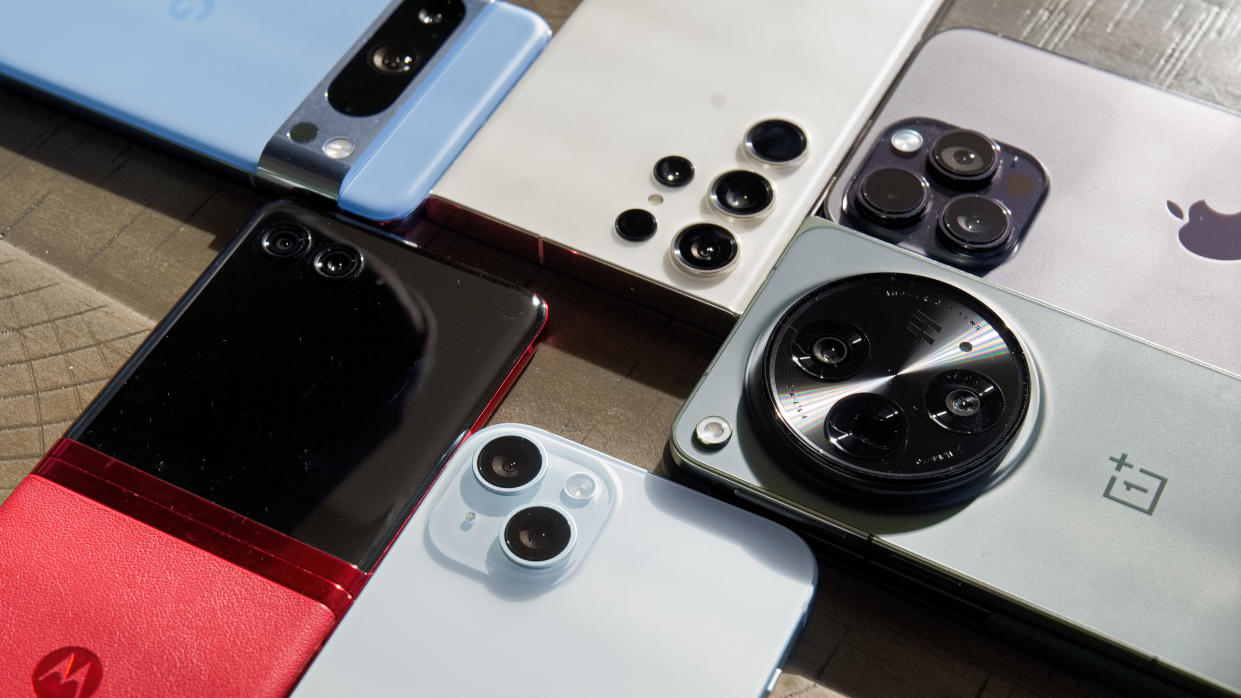
We’re just about nearing the end of the year, and as you’ve probably been reading, we’ve been sharing some of our favorite gadgets we've tried all year long. From the best phones that have everything under the hood, to the best camera phones to capture moments in our lives just like we remember them, our smartphones continue to be a driving force in our daily lives.
In 2023, one could argue that it was a steady course in the world of phones. Apple released its latest iPhone 15 series, Samsung set the benchmark high for the best Android phones with the Galaxy S23 Ultra and Google — well — did what Google does best by making AI features paramount with the Pixel 8. However, there were also trends that popped up along the way, which could have even more long lasting effects on all of us as we move into 2024.
We’ve reported on everything you can think of around phones, but this is your not-so-average phone awards — where we look and reflect back on the good, the bad and the whacky. Here’s all the highlights that made 2023 so memorable in the world of phones.
The year in phones — the good
Healthier competition in the foldable space

For years, our best foldable phones list has largely dominated by Samsung. Its lineup of flip phone and notebook-styled foldables were untouchable. Well, that was until this year when the competition suddenly awoken.
Motorola, Oppo, Honor, Google, and even OnePlus came hard and fast with their respective foldable phones. Not only was the competition increased in 2023 with the amount of foldable phones released, but it also gave consumers even more choices than ever before.
Another unintended benefit from the healthier competition was that you now didn’t need to spend a fortune on one — evident in sub-$700 models like the Motorola Razr (2023).
Less need for longer optical range cameras
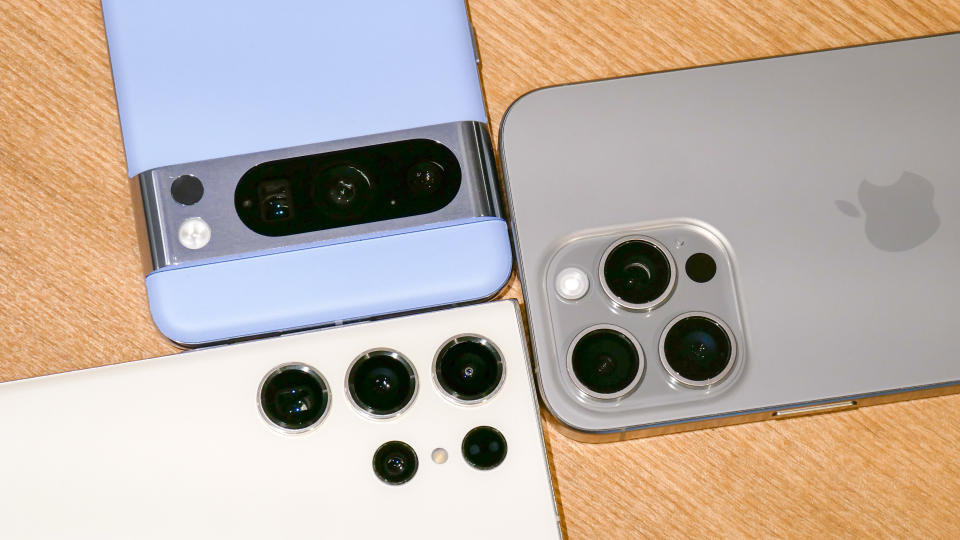
One camera spec that’s often scrutinized is the range of the telephoto camera. Typically longer range cameras are preferred, like the Galaxy S23 Ultra’s 10x telephoto lens. However, 2023 proved to us all that longer optical range doesn’t always mean better.
Most of the flagship phones released in the latter half of 2023 demonstrate that new image processing techniques and artificial intelligence can propel cameras to deliver fantastic results with optical quality. Take the Pixel 8 Pro’s 5x telephoto camera, which we found to be just as good as the Galaxy S23 Ultra’s 10x telephoto camera. These new techniques help draw out more detail and clarity, without the need of having a long range lens.
You could say it's been a strong year for glorified digital zooms.
OnePlus knocking it out of the park with its first foldable
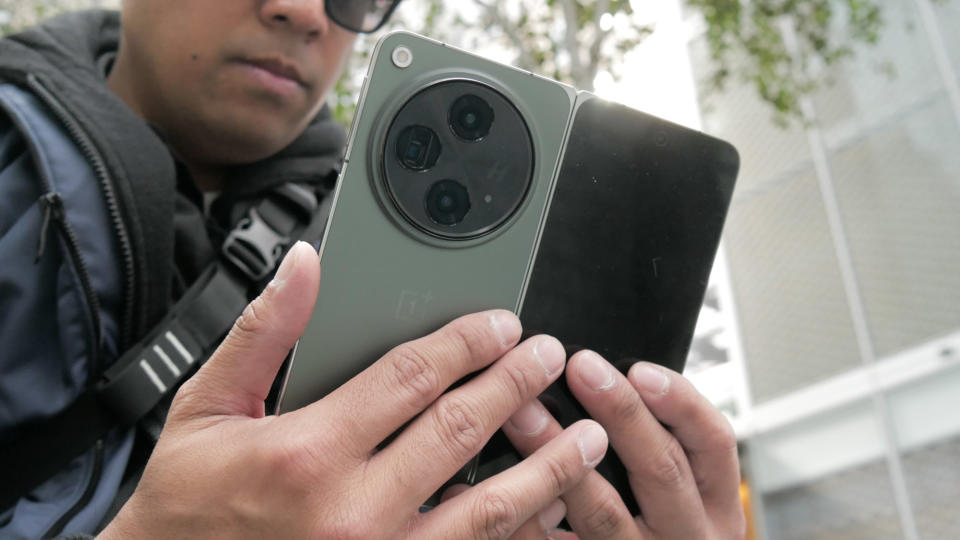
As we've written about elsewhere, OnePlus did a fantastic job with the OnePlus Open, its first foldable but also the best one of the year. A lot of that had to do with the knowledge it could draw on from its friends at Oppo and its excellent Find N series of phones, but you can't deny the quality of the OnePlus foldable that resulted.
We love the OnePlus Open for both its premium physical components, including a pair of well-sized displays and some very effective cameras, and its software abilities, primarily its Open Canvas multi-tasking system. With a stunning battery life length as well, foldable phone makers need to learn by OnePlus' example for their future devices. We're looking at you, Samsung.
Pixel 8’s AI features prove AI’s legit

If there’s one thing we’re most excited for 2024, it’s how artificial intelligence will power all of our favorite gadgets. We’ve already been given a preview of that with the Google Pixel 8 and Pixel 8 Pro,
These phones are packed with rich AI-assisted features that work (mostly) like magic, while streamlining tasks that would otherwise be tedious for us to do. Using Best Take to get the best smiles and faces in a photo makes it feel like we have a professional photo editor at our disposal, along with Magic Editor to manipulate our photos to make them look even more epic.
And there’s also one of the coolest AI features we’ve seen — Call Screen — that lets Google Assistant accept phone calls on our behalf and provide our callers with intelligent responses
Google's 7 year support for phones
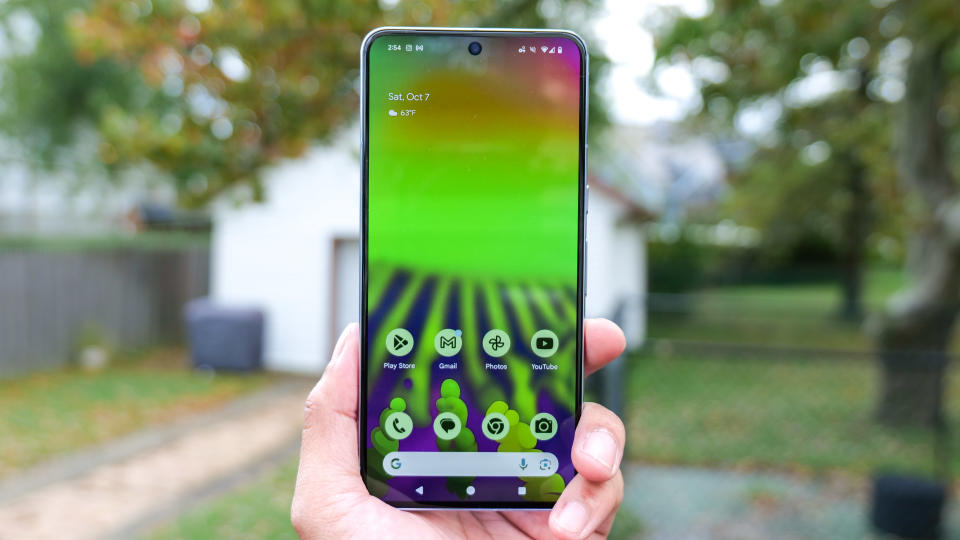
We’re holding on to smartphones longer than ever for a lot of different reasons. But it helps when phone makers provide lengthy support for software and security updates. That way, you’re still getting a full experience from your aging phone.
Apple’s been the leader in this regard for a while, but Android phone makers have started following suit. First, it was Samsung extending its software support to four years a little while back, but in 2023, Google announced that its Pixel devices would now enjoy seven years of Android updates. Maybe you’re not going to want to hold on to that Pixel 8 until the end of the decade, but it’s nice to know that you have that option.
The year in phones — the bad
Most novel phone feature: Pixel 8 Pro’s temperature sensor
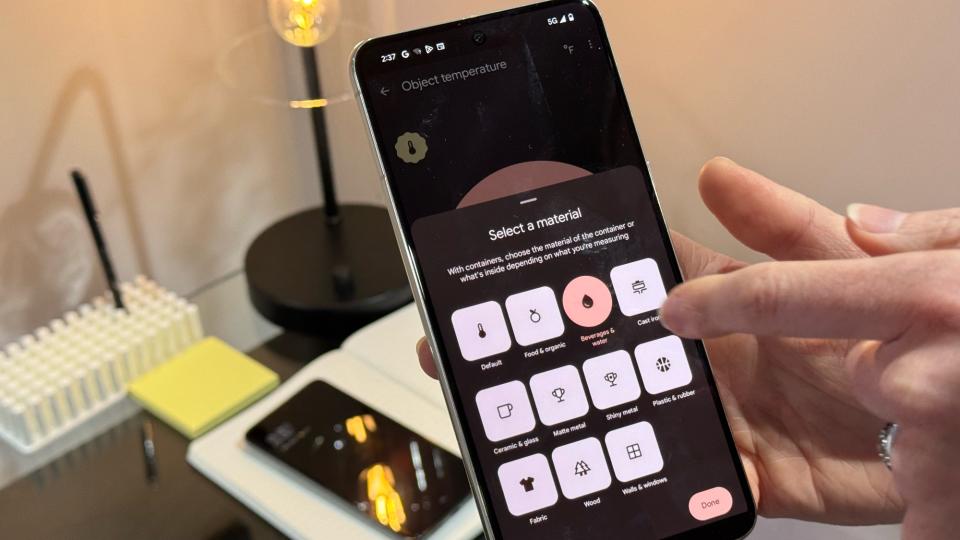
There’s no denying that the software and features in the Google Pixel 8 Pro outshined the hardware, but they couldn’t hide the fact that it included the most gimmicky feature we’ve seen in a phone this year.
We’re referring to its temperature sensor, which you presume correctly, is a sensor that measures temperature. You could use it to tell if your coffee is hot (or not), or if the pavement where you intend to walk your furry critters on is scorching.
But its biggest limitation is that you need to point the temperature sensor within 2-inches of what you’re recording, along with telling the phone the type of material you’re trying to measure. The latter’s important because if you don’t do it, you’re not going to get an accurate reading.
Yes, Google is trying to get approval to use this sensor to measure body temperature, but we don't think that will be enough to justify the inclusion.
Phones trying to be wearable fashion accessories

What if your phone was actually a purse, but also couldn’t be used as a purse? That seems to be the idea behind the Honor V Purse. This foldable phone has a shoulder chain for that purse-look, as well as the ability to control the outer screen and change the design to suit different events or occasions.
In exchange, you end up losing the ability to carry stuff around, which is the whole point of having a purse, with the ability to carry your phone around in one of the least secure manners imaginable. It strikes me that this is another botched attempt to market “lady tech” under the misguided (and sexist) impression that ordinary tech doesn’t appeal to women.
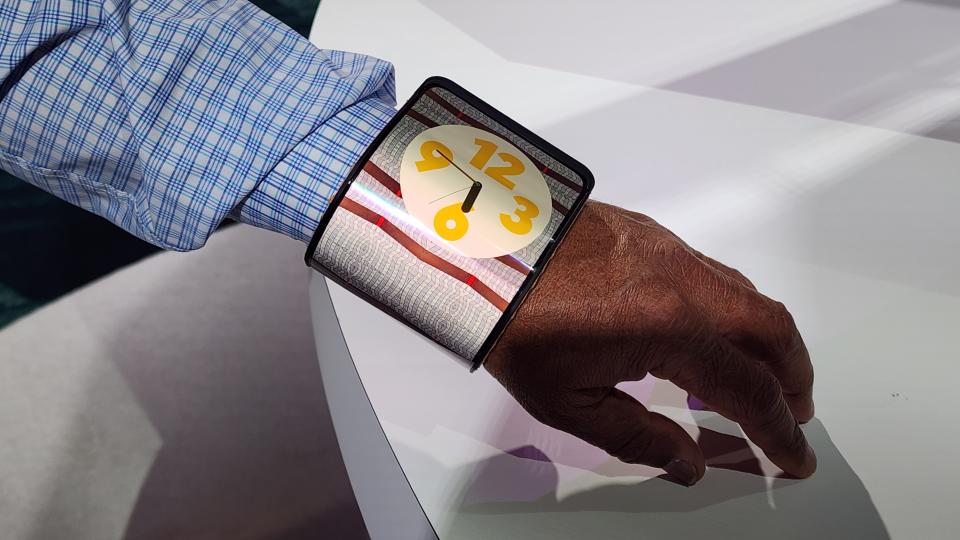
There's also the Motorola wristwatch phone concept, which we first got our fist look at during Lenovo Tech World 2023. It's also one of the oddest foldable phones we’ve come across because it can worn on your wrist as a fashion accessory. The demo showed us how AI could automatically create backgrounds on the screen to match your outfit.
Lazy upgrade of the year: Samsung Galaxy Z Fold 5
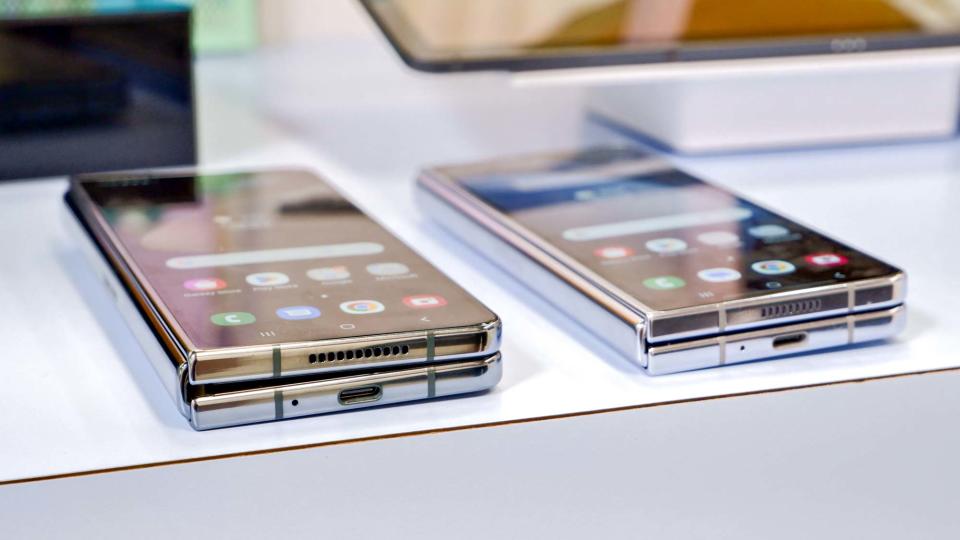
We expect a lot more out of our phones. That’s why consumers expect meaningful upgrades with successive devices. And while all phones eventually get successors, sometimes the upgrades are lazily done.
Over on the Android side, Samsung had every chance to raise the bar high with the Galaxy Z Fold 5, but it turned out to be a minor upgrade. Call it a case of being complacent after leading the foldable space for many years, but the Galaxy Z Fold 5 offered minimal upgrades over its predecessor.
It did indeed finally move to a gapless design, but there were already other foldables that beat it. Apart from that, everything else about the phone was a smidge improved — while still costing just as much as before.
No man's land: Galaxy S23 FE
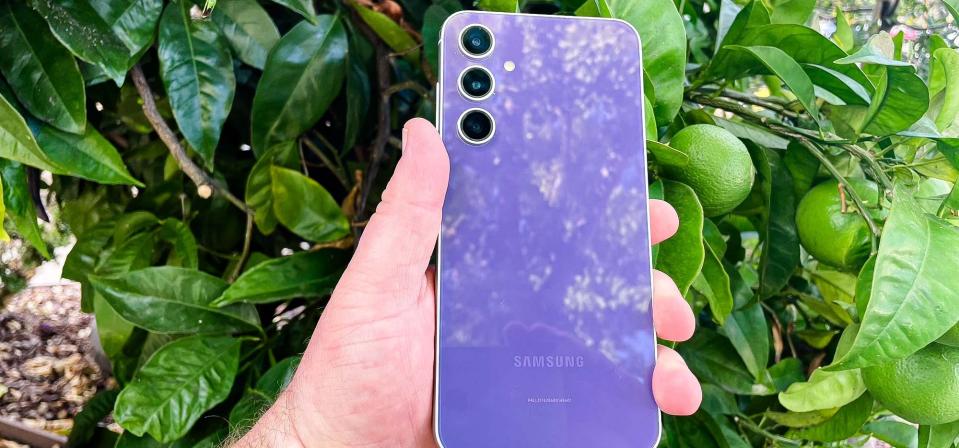
Cast your mind back to 2020, when the cheapest Galaxy S20 cost $999, putting Samsung’s flagship phones out of reach for a lot of people. An FE version (short for “Fan Edition") of that phone made sense then — scale back some of the features while keeping the best of the bunch, lower the price and, boom, you’ve got a hit on your hands in the form of the Galaxy S20 FE.
Much has changed in the ensuing three years. Starting prices on Galaxy S phones have come down a little bit, while the quality of the Galaxy A series has improved by a lot. (Seriously — the Galaxy A54 is one of the best cheap phones we reviewed this past year.) And yet, Samsung continues to come out with an FE version of its flagship, even though there’s increasingly little need for such a release.
The Galaxy S23 FE isn’t a bad phone, just an unnecessary one. It lacks the pizazz of the Galaxy S23, while cheaper, midrange phones like the Pixel 7a take better photos. Samsung’s free to do what it wants, but we feel like the effort put to the FE would be better spent on continuing to build up the Galaxy A phones to take on Google’s budget offering.
The year in phones — the whacky
Weird foldable concepts
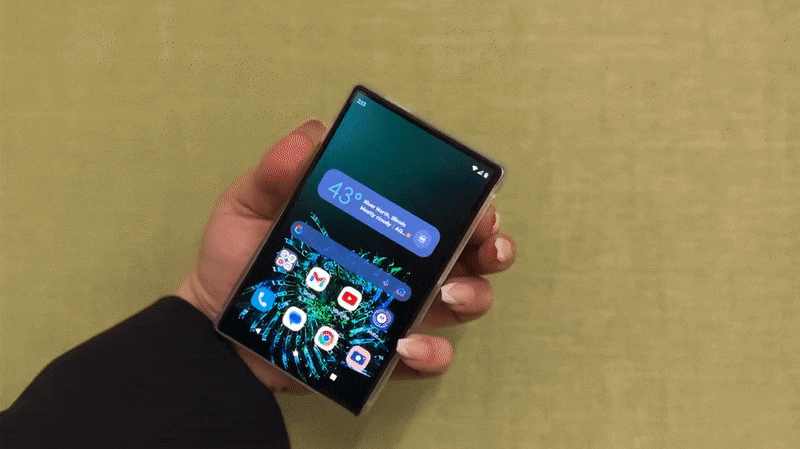
We’re still getting used to the idea of phones with screens that fold in two — helped by the fact that phone makers got much better at producing them this past year. So forgive us if we struggle to wrap our brains around a phone with a rollable display that extends and retracts based on your handset activity. Motorola ended 2022 by showing off its rollable concept phone, and we had the chance to go hands-on with the Motorola Rizr earlier this year — please, Motorola, stop skimping on vowels in your phone names.
It’s actually impressive to see a 5-inch, 15:9 screen extend itself into a 6.5 inch, 22:9 display with a simple double-press of a button, and the rolled-up Rizr seems like it would be easy to tote around town. But as someone who’s flummoxed by rollable window shades, I’d like to see how a rolling display holds up over repeated use. And just like with foldables, I’m still waiting for the killer use case that makes expanding displays feel more essential and less like a parlor trick.
Titanium is the shiny new metal trim
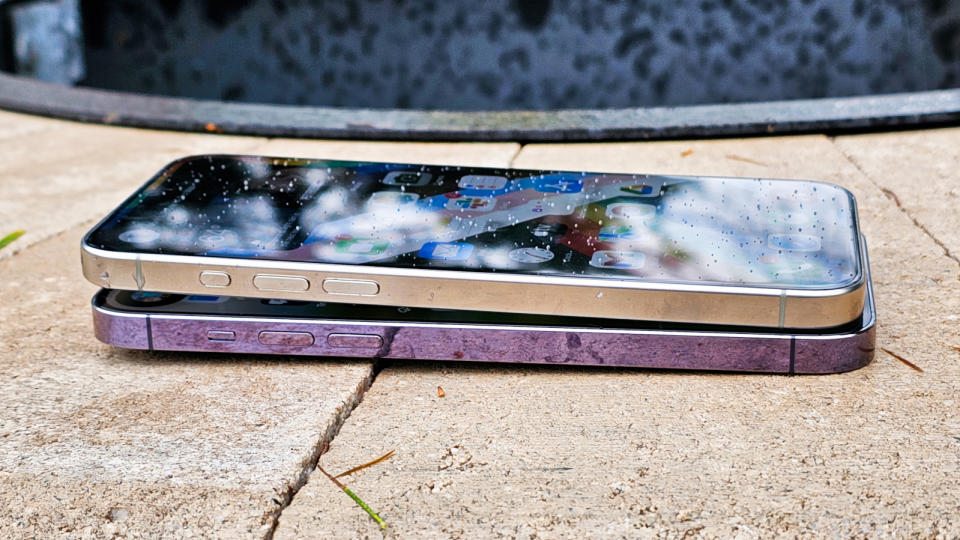
Did anyone really mind when phones were made from aluminum or stainless steel? Probably not, but Apple went ahead and decided that steel wasn’t cool durable enough anymore — and swapped it for titanium in the iPhone 15 Pro. Apple claims it’s stronger, lighter and we called this metal “the real game changer.”
But practical uses don’t change the fact that this is still a pure marketing gimmick. The emphasis on titanium being used in space or on Mars is evidence enough. It’s an easy way to make the phones stand out, because a shiny new metal is appealing to us at a very toddler-like level. Titanium is rare and cool, not like the stainless steel you’d find just about everywhere else. The only question is where will Apple go when everyone else copies it, and makes titanium phones of their own?
More from Tom's Guide
I review phones for a living — and my top 3 picks of the year are on sale right now
Nothing Phone 2a vs. Nothing Phone (2) — how the leaked specs compare
Samsung Galaxy S24 Ultra launching soon — here's my 5 biggest questions

